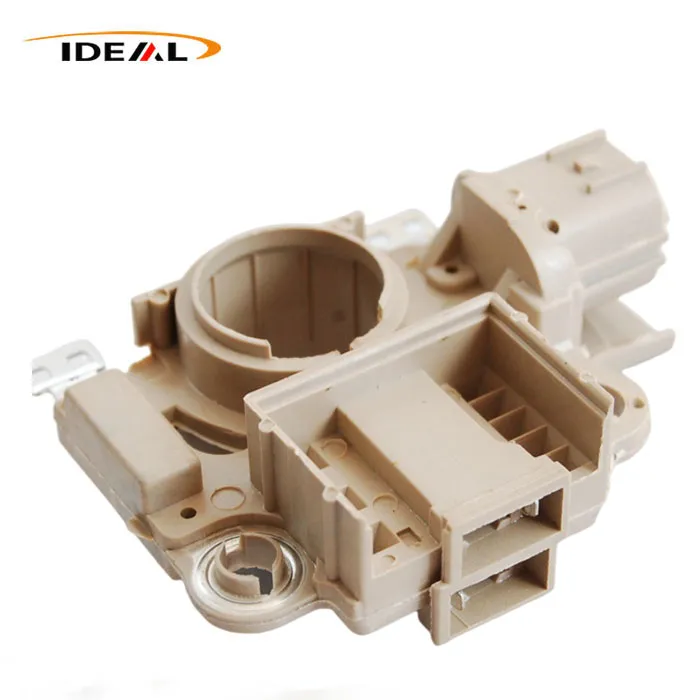Injection molding is a widely used manufacturing process for producing a variety of plastic parts and products. The process relies on a machine known as an injection molding machine, which consists of several key components that work together to create the desired plastic parts. In this article, we'll explore the main components of an injection molding machine and how they contribute to the overall process.

The Main Components of Injection Molding Machine
Material Hopper
The material hopper is the starting point of the injection molding process. It holds the raw plastic material, which is typically in the form of pellets or granules. The hopper is designed to feed the plastic material into the barrel of the injection molding machine in a controlled and consistent manner.
Barrel
The barrel is a heated chamber where the plastic material is melted and prepared for injection into the mold. The barrel is typically made from high-quality steel and is heated using a heating device (heater) to ensure that the plastic reaches the necessary temperature for melting. The barrel also contains a rotating screw or plunger, which is used to mix and propel the melted plastic through the machine.
Injection Ram/Rotating Screw Type Plunger
The injection ram or rotating screw type plunger is responsible for forcing the melted plastic through the nozzle and into the mold cavity. In a machine with a rotating screw type plunger, the screw rotates as it moves forward, mixing the melted plastic and creating pressure to push it through the machine. In a machine with an injection ram, a piston-like device is used to create the necessary pressure to inject the plastic into the mold.
Heating Device (Heater)
The heating device (heater) is used to heat the barrel and melt the plastic material. It is typically a series of heating elements that wrap around the barrel and are controlled by a temperature controller to ensure that the plastic reaches the correct temperature for melting.
Movable Pattern
The movable pattern is one of the two halves of the mold, which is used to form the shape of the plastic part. It is attached to the movable platen of the injection molding machine and is moved into and out of position during the molding process.
Ejectors
Ejectors are used to remove the molded plastic part from the mold cavity after the molding process is complete. They are typically pins or rods that are attached to the movable platen and are actuated by a hydraulic or pneumatic system to push the part out of the mold.
Mold Inside Mold Cavity
The mold inside mold cavity is the final component of the injection molding machine. It is the space where the melted plastic is injected and solidified to form the desired plastic part. The mold cavity is typically made from high-quality steel or aluminum and is precision-machined to the exact dimensions of the desired part.
Injection Molding Machined Parts
Each of the components of an injection molding machine is carefully designed and machined to ensure that they function properly and produce high-quality plastic parts. The material hopper, barrel, injection ram/rotating screw type plunger, heating device, movable pattern, ejectors, and mold inside mold cavity are all machined parts that play a critical role in the injection molding process.

